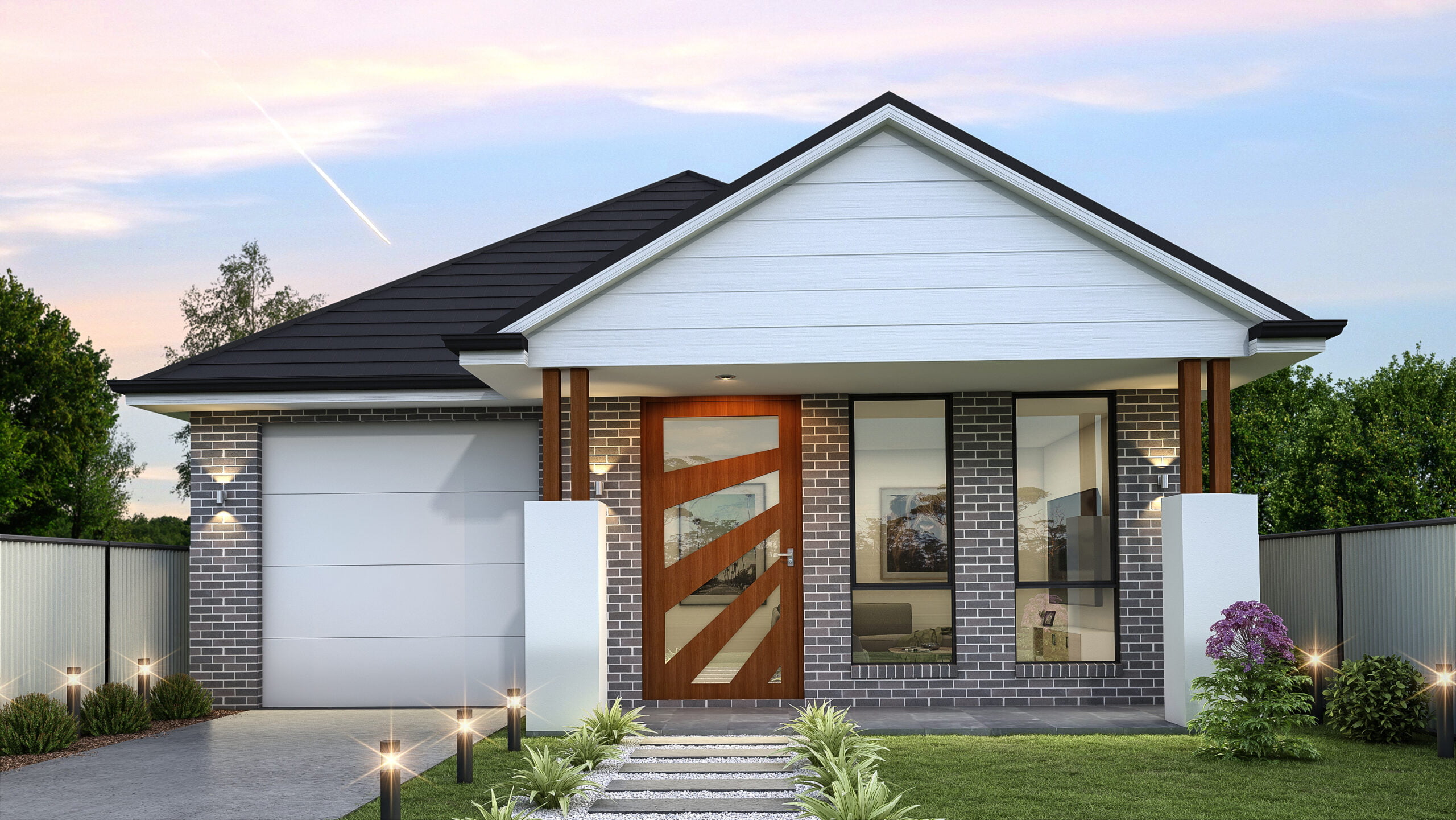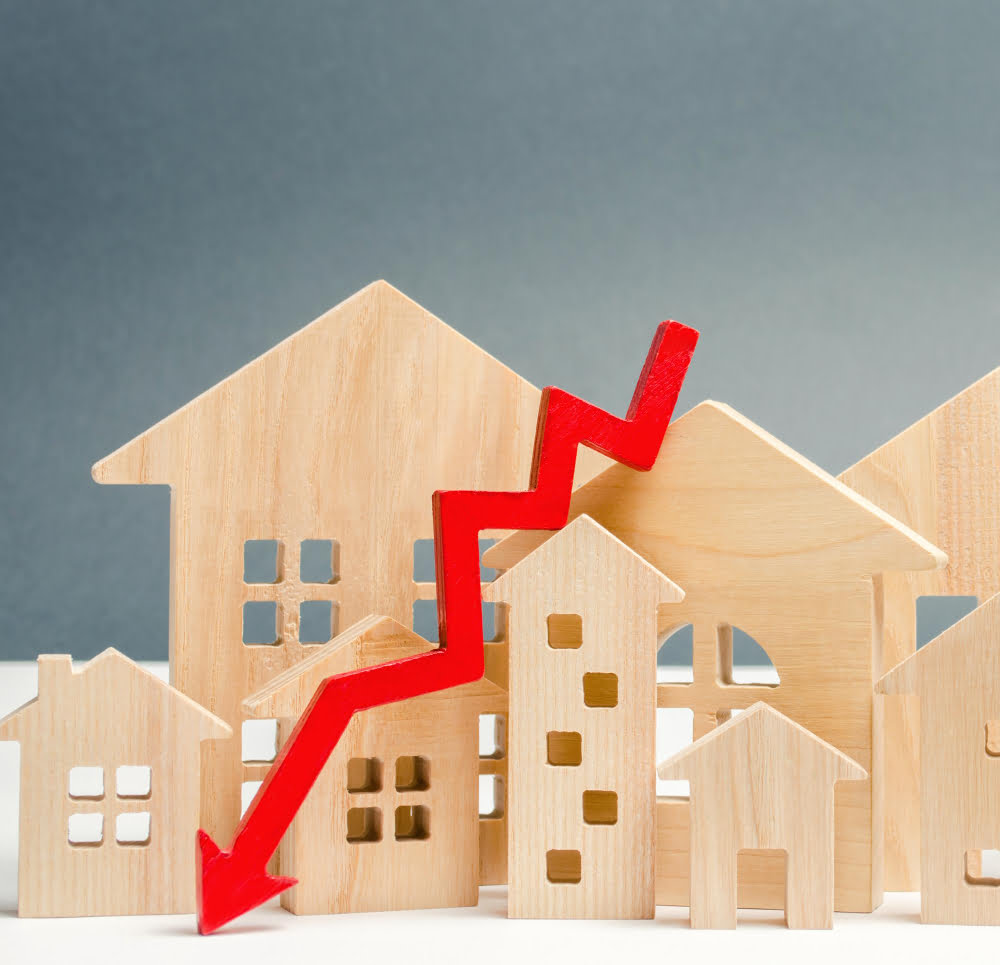Building a home is not just about constructing bricks and mortar; it is an intricate process that requires careful planning and execution. In the vibrant city of Sydney, where architectural wonders fill the skyline, understanding the home-building process is crucial for every aspiring homeowner. From navigating through the maze of permits and regulations to overseeing the intricate stages of construction, embarking on this journey can be both exciting and overwhelming.
As Frank Lloyd Wright once said, ‘The mother art is architecture. Without an architecture of our own, we have no soul of our civilization.’ In light of this, the present blog aims to unravel the complexities of building your dream home, exploring the various steps from obtaining permits to the final completion, ensuring a seamless and successful home-building journey.
Starting Construction
Step 1: Pre-Construction
The pre-construction stage refers to the phase of a building project that takes place after a piece of land has been purchased and before any actual construction begins. During this stage, all legalities related to the project must be finalised. This includes obtaining necessary approvals such as finance approval, building license approval, water corporation approval and land settlement with valid proof of land ownership.
According to the City of Sydney, a construction certificate must be obtained before any building work can start. The certificate confirms that the development complies with the Building Code of Australia and that all necessary building costs and conditions have been met. It is essential to obtain building certification to maintain safety and quality standard. To comply with property and tree maintenance regulations, it is crucial to obtain permits for tree removal or pruning.
The Pre-construction phase can take between 13 to 26 weeks before actual construction begins. During this time, home designs are drawn up by collaborating with architects or design consultants to create detailed plans that align with your vision, following a finance interview to ensure that the project is feasible and meets all relevant regulations and requirements.
Additionally, finding the right builder is paramount to the success of your home-building project. A reliable builder with the right certifications and construction process knowledge can make a significant difference in the overall experience. Look for builders with a proven track record of delivering high-quality homes on time and within budget. Do not hesitate to ask for references and visit their completed projects to get a better sense of their workmanship.
Don't Settle for Less—Build Excellence with Dhursan
The Construction Process
Step 2: Base Stage – Site Preparation
During the Site Preparation stage, the area where the building will be constructed is cleared of any existing structures, trees, or other obstacles that may be in the way. This stage also involves the removal of any excess soil or rocks. The ground is then excavated and levelled to ensure that it is even and can support the weight of the building.
The first step in building a structure is to level the site before pouring a concrete slab and footing as the foundation. During this Base Stage, plumbing and electrical services are installed, with groundwork laid for drainage systems. Once the slab is cured, the frame of the building goes up, and internal walls are created with plasterboards. It is important to have experienced professionals carry out this stage of the construction process to ensure that it is done correctly and efficiently.
Step 3: Framework Stage – Building Construction
The Frame stage focuses on preparing the frames and roof trusses, which are then erected on-site. This is a significant step in bringing your home’s structure to life. The frame acts as the skeleton upon which the rest of the building will be constructed. During this stage, the structural framework of the building is constructed, which includes all the load-bearing components that will form the basis of the building’s structure, such as the walls, floors, and roof.
The process of constructing the framework typically involves the use of materials such as concrete, steel and wood. This process can take several weeks or even months to complete, depending on the size and complexity of the building. Once the building’s structural framework is completed, it becomes “weather-tight,” meaning it’s enclosed and protected from the elements. This allows for interior finishing work to begin. The Framework Stage is crucial to the construction process, as it establishes the foundation for the rest of the building work to follow.
Step 4: Lockup Stage – Securing Building Perimeter
Once the frames and trusses are in place, the Lockup stage begins. During this phase, doors and windows are installed, as well as roofing and cladding, allowing your home to be securely locked. This process helps to create a weather-tight envelope around the building, which protects it from rain, wind, and other weather conditions. The installation of external doors and windows also helps to provide security and prevent unauthorised access to the building.
It also includes roof tiling or metal sheet roofing, brickwork, rough-ins for electrical and plumbing wiring and pipes, internal linings for insulation of walls and ceilings, waterproofing and tiling, architrave and timber mould out conducted by carpenters who install skirting boards, door jams, doors, and kitchens. This stage is crucial as it protects the building from the elements and allows for efficient progress in the interior work.
Step 5: Fixing Stage – Practical Completion
During this phase, the focus is on completing the installation of all fixtures and fittings according to the design plan. This includes installing lighting fixtures, heating and cooling systems, and other electrical systems. Plumbing fixtures such as sink, tapware, toilet, and shower are also installed. Additionally, cabinets and shelves are installed in kitchens, shower screens in bathrooms, and other areas of the building. Finally, flooring and wall finishes are added.
Once all the fixtures and fittings have been installed, the building is inspected at this stage to ensure that everything is up to the desired quality and accuracy. The site manager will walk through the property with the homeowner, who can point out anything that still needs attention. Any deviations from the plan must always be approved by the homeowner, as per the clause in the contract. A third-party professional building consultant may also be involved in this stage to guarantee that the building has been constructed properly.
Transform Your Vision into Reality with Dhursan Construction
Step 6: Finalisation Stage – Building Handover
In the final step, all remaining tasks are completed, which includes painting and landscaping as needed. A series of inspections are conducted to ensure that the building is both safe and functional and meets relevant regulations and standards. Once the final construction is finished and all inspections and any necessary corrections are made, the building is ready to be handed over to the owner.
As part of the handover process, the building owner will receive a tour of the premises and instructions on how to operate and maintain the building. The keys to the building will also be handed over along with all necessary documentation, such as building plans and warranties. This marks the end of the project and the beginning of the building’s operational phase.
Considerations for New Homeowners: Common Issues to Look Out For
New homeowners should be aware of common issues related to their home, such as:
- Plumbing issues like leaks, clogs, and broken pipes can result in extensive damage to a house. It is important for new homeowners to know where their shut-off valves are located and take preventative measures to avoid any possible harm.
- Electrical problems can also pose a serious risk to the safety of the occupants of a home. New homeowners should be aware of any potential hazards, such as outdated wiring or overloaded circuits, and take steps to address them.
- Pests such as rodents and insects can cause damage to a home and pose health risks to the occupants. New homeowners should take steps to prevent infestations, such as sealing cracks and crevices and keeping a clean and clutter-free home.
- Problems with the foundation of a home can cause significant damage and compromise the structural integrity of the building. New homeowners should be aware of any signs of foundation issues, such as cracks in the walls or uneven floors and address them promptly.
- Regular maintenance and upkeep of a home are essential to ensure that it remains in good condition. New homeowners should be aware of the maintenance requirements of their home, such as cleaning gutters and changing air filters and take steps to keep up with them.
By being aware of these common issues and taking steps to address them, new homeowners can ensure the safety and longevity of their homes. It is also important to work with licensed contractors and inspectors to address any issues that may arise.
Wrapping Up!
For anyone looking to build a home in Sydney, it is essential to have a clear understanding of the entire process. From acquiring necessary permits to selecting the right builder and managing the construction of your home, each step ensures that your dream home becomes a reality without any unnecessary stress or complications. Let your personality shine through by making choices for inclusions that reflect your personal touch. Gain knowledge and confidence in building your new home by speaking with professionals, researching local regulations, or consulting with competent builders like.
As you embark on this journey to build your dream home, working with a reputable home builder in Sydney will ensure that your vision becomes a reality without unnecessary stress or complications. At Dhursan Construction, we offer a structural guarantee for all of our custom-built homes, giving you peace of mind knowing that your home is built to the highest standards of quality and safety. Contact us now to discuss your home building requirements and schedule a consultation with our construction team. Let’s work together on your new home journey and create the perfect home!













